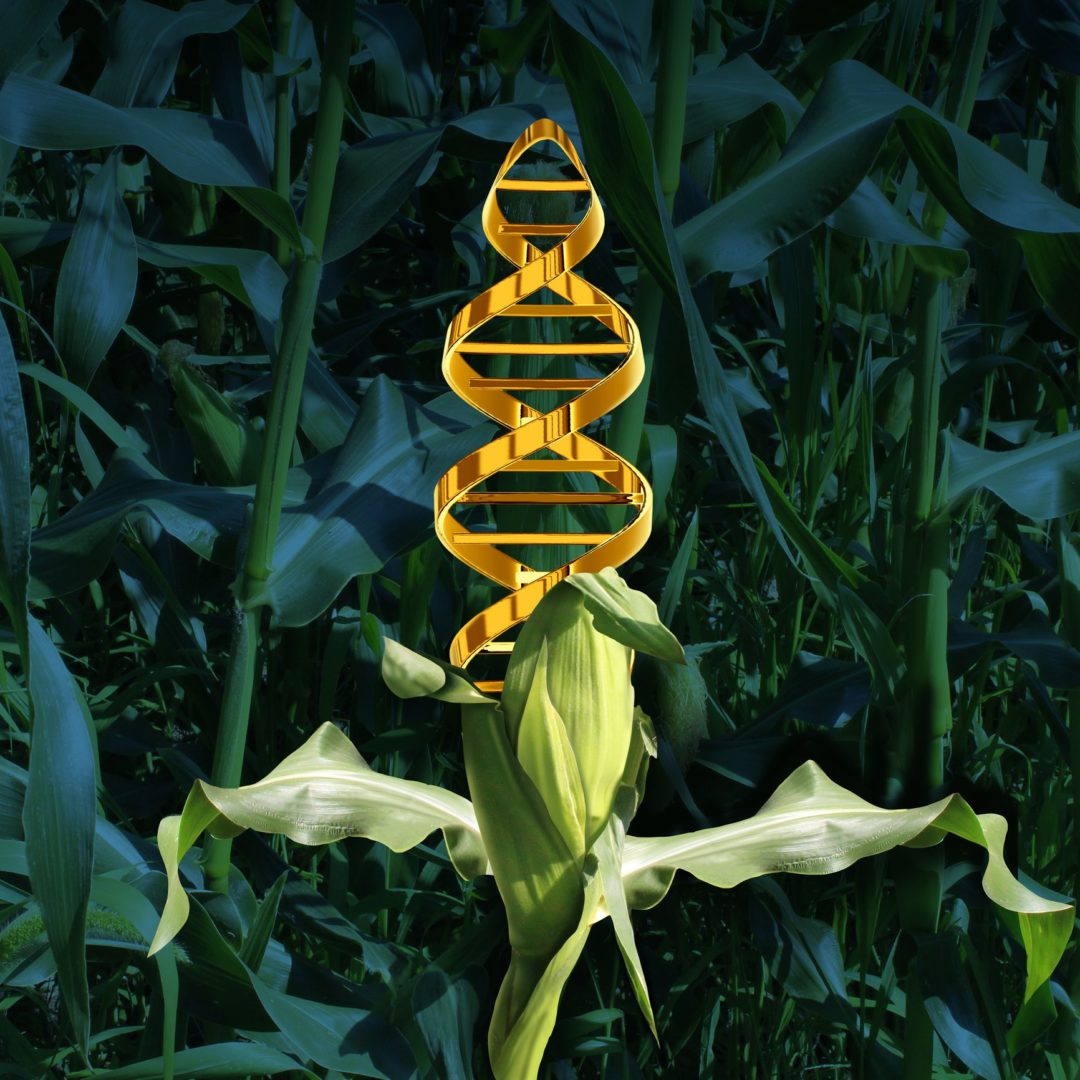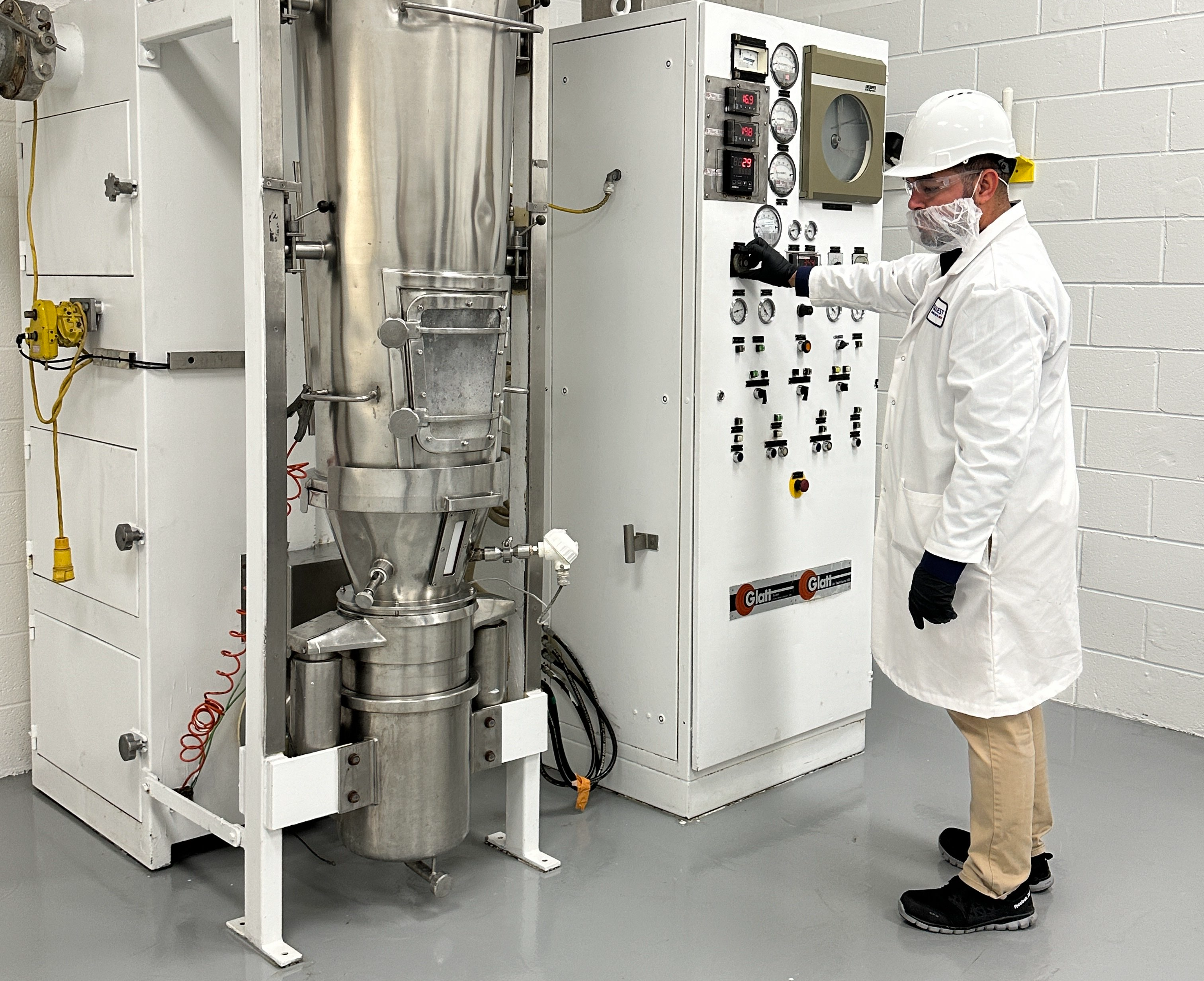Call it GMO 2.0, synthetic biology, or precision fermentation used to create novel ingredients or “Franken Foods”...we are now watching the rise of the second generation of GMOs.
What exactly does that mean for the planet and the consumer?If you ask the companies producing these ingredients about the need for these new GMOs, they will share their story of how synthetic biology, or “SynBio” for short, will reduce the need for pastured farm animals and effectively reduce the carbon footprint. They assert the process for creating these genetically engineered ingredients is more efficient, using fewer resources to create safe and nutritional products that minimize our human footprint. They specifically market to devoted vegans who want to reduce our reliance on animals for a host of valid reasons.
In fact, SynBio has the opposite impact on our world. Here's why:
- FThe natural ferments are derived from GMO mono-culture (ala corn/soy) made with synthetic fertilizers, produced by using fossil fuels, and pesticides.
- Tesidual material from the fermentation process is an admitted biohazard. Its disposal is rarely addressed. Add to that that there is always a residual amount of the biohazard left in the final product, but this is somehow deemed of no concern.
- The assorted risks associated with these SynBio or bioengineered ingredients are largely unknown.
“We cannot guarantee that these preventative measures will eliminate or reduce the risk of the domestic and global opportunities for the misuse or negligent use of our engineered cells, materials, and organisms and production processes."
"We could synthesize DNA sequences or engage in other activity that contravenes biosecurity requirements...which could give rise to substantial legal liability, impede our business, and damage our reputation."
“If a high profile biosecurity breach or unauthorized release of a biological agent occurs within our industry, our customers and potential customers may lose trust in the security of the laboratory environments in which we produce genetically modified organisms and materials..."
"The release of genetically modified organisms or materials, whether inadvertent or purposeful, into uncontrolled environments could have unintended consequences..."
Even our government is aware of the risks.In 2018, the U.S. National Academies issued a report, funded by DOD, that stated: “Synthetic biology expands the possibilities for creating new weapons—including making existing bacteria and viruses more harmful—while decreasing the time required to engineer such organisms…”
These products are showing up everywhere on trade show floors, in grocery stores, in food and supplements.Perfect Day’s “non-dairy” ingredient is now found in several ice creams. TheImpossible Burgerutilizes genetically engineered heme to create that illusion of a burger "bleeding."
The arrival of genetically engineered supplement ingredients has been in development for years.
Just prior to SupplySide West, the industry’s major expo for nutraceutical ingredients,Willow Science proudly shared its origin story, and the journey into creating genetically engineered astaxanthin. The biotech firm first produced cannabinoids using synthetic biology vs. extraction. When cannabinoids fell into disfavor with regulators, and consumers quit buying them, the company moved to create SynBio astaxanthin using precision fermentation, electing to grow astaxanthin in vats of GMO-derived yeast versus growing the algae in ponds or glass tubing in the sunlight.Is this legal? Indeed it is.Mandatory compliance with theNational Bioengineered Food Disclosure Lawbegan on January 1, 2022. Several companies relied solely on the use of a UPC code to inform consumers they were consuming bioengineered foods, an issue theOrganic & Natural Health Associationstaunchly opposed. A U.S. District Court recently confirmed that “the USDA acted illegally in allowing standalone QR code and other digital and electronic labeling.” The core issue relating to labeling is that only products containing a DNA footprint of the original GMO organism are required to label. You’ll find that label on a pack of peanuts on Southwest Airlines, but not on a vegan ice cream made with Perfect Day’s non-dairy ingredient.
Can we ensure transparency in our food supply chain and enable consumers to eat foods that actually improve the health of the planet and its people?
We are collaborating now with organizations and industries committed to creating a toolbox to educate as many people and companies as possible on the importance of complete transparency.What does this toolbox contain?
The Butterfly: The Non-GMO Project’s butterfly seal is the only third-party verification that products meet best practices for GMO avoidance. This verification mark is recognized by 54% of North American consumers.
The Retailer:Independent retailers across America are the frontline offense for true transparency. Their customers understand the value proposition of organic, natural, and regenerative agriculture practices. They are a trusted source of information for shoppers who want to avoid any foods or practices that devalue the Earth and their personal health.
The consumer:Discerning purchasers demand disclosure and insist on access to information about the foods and supplements they consume. We have the ability to educate this audience and enable them to make sound choices.
The Science:As technology gets more sophisticated, so too does testing. GMO DNA won’t be able to hide forever, and the nutritional value of what’s called bio-identical has yet to be proven.
The Standards: There’s a new game in town called Environmental, Social, and Governance (ESG) standards that require publicly traded companies seeking investors to disclose risks, like the ones listed above. We seek to influence that process and ensure that agricultural and manufacturing practices that value organic and regenerative are appropriately valued through this analysis.
The Collective Voice:No one organization or company can do this alone. We are gathering trade associations, scientists, advocates, and businesses, to educate consumers, the media, and even legislators on the topic of SynBio.
The desired outcome? This genie is out of the bottle. What we seek now is true transparency and compliance with the law.On Saturday, December 3, a panel of experts on this topic will present at SENPA’s SOHO Expo.The session, entitled “Avoiding the Next Generation of GMOs: What’s the Winning Strategy,” features speakers from Natural Grocers, the NON-GMO Project, NOW Foods, INFRA, and SENPA. Join us and be a part of this next generation of food activists.










